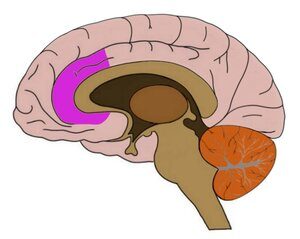I must object to the methodology and the conclusions of this comic.
The choice of prefixes to sample is arbitrary and shows a bias towards common physics terms. Why not use “evolutionary” or “genome” or “analytic” or “necro-” or “chrono-“, to name just a few more. The sample space has hardly been touched.
The idea that low Google scholar counts is an opportunity is ludicrous and confuses cause and effect. “Clown” is a prefix that doesn’t show up for either physics or biology or engineering (curiously, there are 3 entries for “clown chemistry”, 5 for “clown psychology”, 1 for “clown dentistry”, and 13 for “clown theology”). I don’t think this implies there is a hot market for clown physicists.
Although, I do think that high-energy clown physics might be a fun field.







